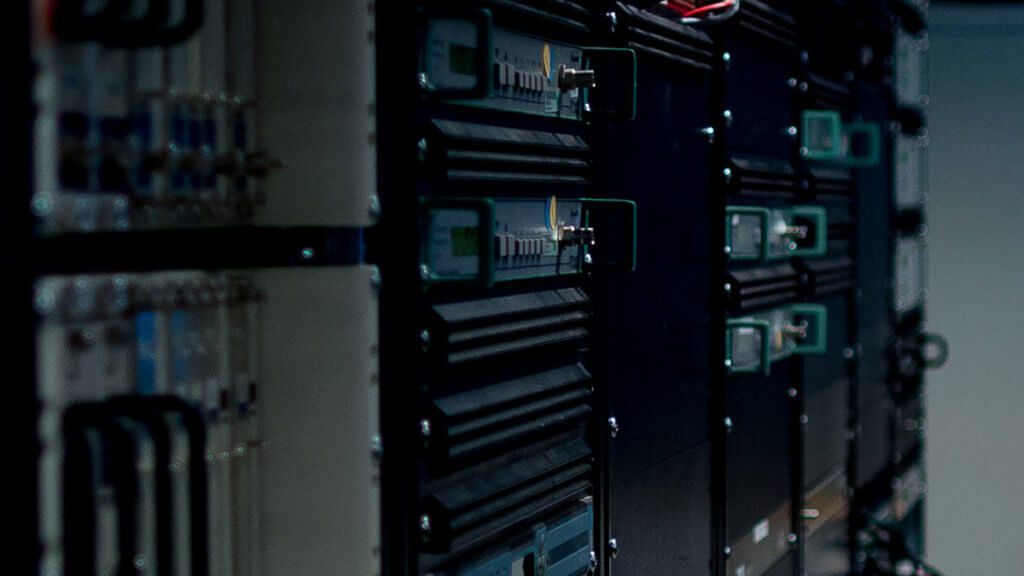DOCSIS® continues to prove its strength, longevity, and relevance as a worldwide access network technology. Last week, CableLabs issued the C-DOCSIS System Specification, completing the suite of specifications known as C-DOCSIS. Cable companies in China are choosing DOCSIS as one of the technologies for offering High-Speed Data and other IP services.
CableLabs has new member companies in China, WASU Digital TV Media Group Co., Shenzhen Topway Video Communication Co., Beijing Gehua CATV Co., and Jiangsu Broadcasting Cable Information Network Corp., who provided leadership in uniting around a common set of requirements specific to the cable networks in China. The Chinese cable operators, along with the State Administration of Radio, Film and Television (SARFT), have been working with CableLabs to develop the technology requirements and architecture for DOCSIS equipment within China.
What is C-DOCSIS?
In 2013, CableLabs published annexes to the DOCSIS 3.0 family of specifications to account for modifications for China. Previously, we had published Euro annexes to document changes necessary for the European cable plant. The new C-DOCSIS System specification defines requirements to support three different distributed CMTS architectures. The DOCSIS 3.0 Annexes and the technology options defined in the System specification are together referenced as ‘C-DOCSIS’.
The C-DOCSIS System Spec introduces different options for distributed CMTS architectures, where the CMTS functionality is split between two devices. One is a Coax Media Converter (CMC) device, which bridges the optical and coax domains and resides in the Fiber Node. The other is a CMC controller, which remains at the hub site/head-end. In these architectures the hub site and the fiber node are connected by a digital optical packet link (GE, 10 GE) instead of an analog optical link. The options essentially differ in where the majority of the DOCSIS MAC Layer and PHY Layer functions reside: CMC1 (Remote MAC+PHY) where both the MAC and the PHY are pushed down to the node, CMC2 (Split MAC) where part of the MAC remains at the hub-site and part of the MAC and the PHY are pushed down to the node, and the third option CMC3(Remote PHY) where the MAC stays at the hub-site and only the PHY is moved to the fiber node.
What’s Next?
At high level, these developments act as a catalyst in spurring innovations in the CMTS market place, as cable operators across the world are investigating different distributed architectures. These architectures provide myriad benefits for cable operators, including gains in PHY layer performance, hub site space and cooling improvements, and CapEx benefits from using digital optics. CMTS vendors have been actively developing innovative products in the distributed CMTS architecture space that map into one of these architectures.
Consolidating the C-DOCSIS extensions within the main line of CableLabs’ DOCSIS specifications ensures that we have one DOCSIS technology that is applicable across the globe, including Europe, North America, and China. CableLabs will continue to bring the C-DOCSIS System spec and all the latest DOCSIS standards towards international standardization through contributions to the European Telecommunications Standards Institute(ETSI). We will also plan interoperability events and other testing to facilitate the growth of this ecosystem. These C-DOCSIS specifications are the first step in engaging our new members in China. It promises to benefit all of our members worldwide by bringing a larger scale to DOCSIS deployments.
Karthik Sundaresan is a Principal Architect at CableLabs, responsible for the development and architecture of cable access network technologies. He is primarily involved in the DOCSIS family of technologies and their continued evolution.
